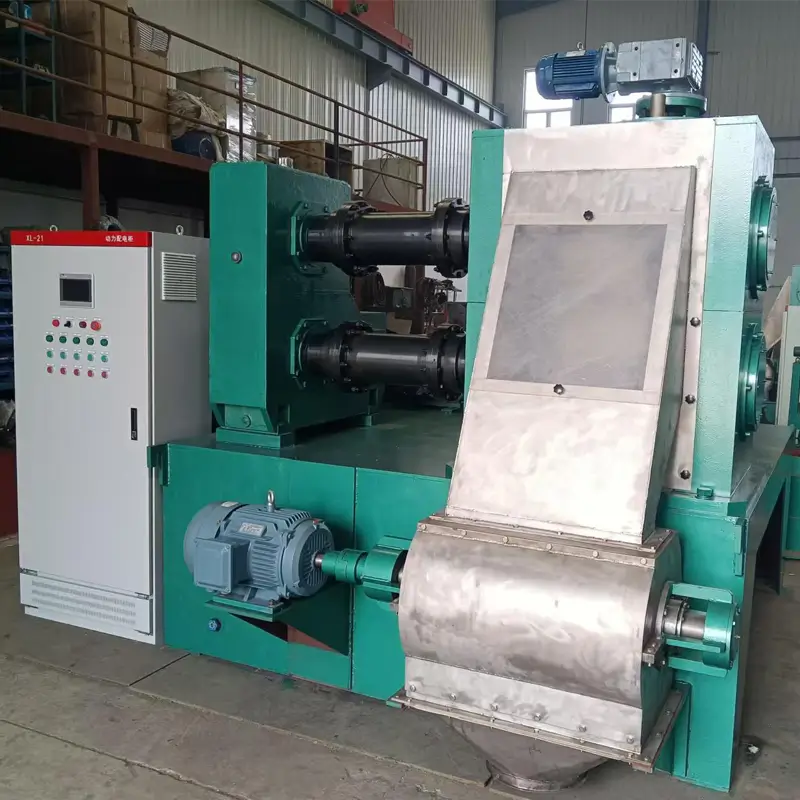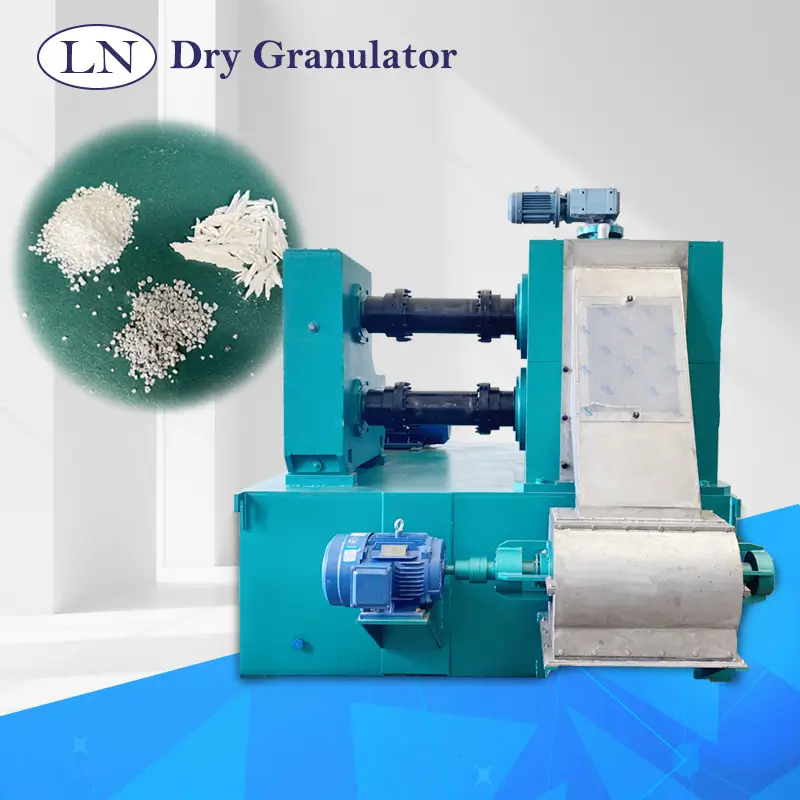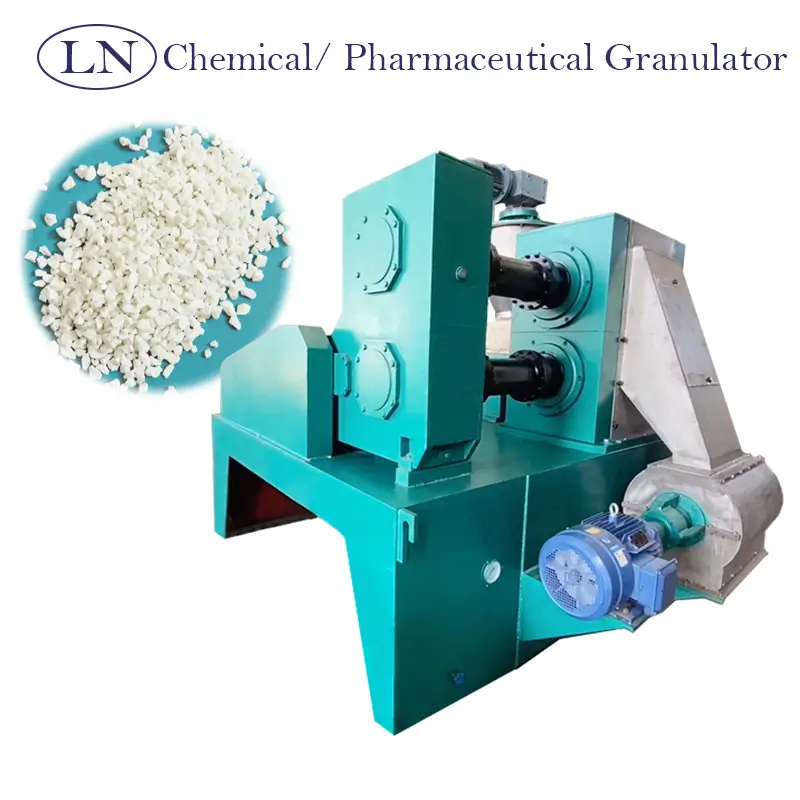
In industries such as pharmaceuticals, nutraceuticals, food processing, and chemical manufacturing, granulation plays a vital role in converting powders into uniform, flowable, and compressible granules. But when it comes to choosing between wet granulation machines and dry granulation machines, many manufacturers face a common question:
Which granulation method is right for my product?
This article breaks down the key differences between wet granulators and dry granulators, helping you make the best decision for your application, production needs, and material characteristics.
Wet granulation involves mixing powder with a liquid binder or solvent to form a wet mass, which is then sieved into granules and dried. It's ideal for products that require binding agents to improve compressibility.
Requires water or binding agents
Includes a drying step (using fluid bed dryer or oven)
Better for powders that don’t compress well on their own
No need for water or binder
No drying required — faster and more energy-efficient
Ideal for moisture-sensitive materials like certain APIs or vitamins

High shear granulator or mixing granulator
Binder solution preparation
Drying unit (fluid bed or tray dryer)
Sieving and sizing machines
➡ More complex, higher energy consumption, longer batch times
Roller compactor or dry granulator
Crusher and granule classifier
Pharmaceutical tablets (especially those with poor compressibility)
Effervescent tablets
Granular beverage mixes
Pharmaceutical raw materials with moisture sensitivity
Nutraceuticals like vitamin C or herbal extracts
Detergent powders, agrochemicals, food additives

Your material properties (e.g. moisture or heat sensitivity)
Required production speed
Final product use (tablet, capsule, sachet)
Compliance and hygiene requirements
Energy and space constraints
At Luning Machinery, we provide both wet granulation systems and dry granulation machines, and our engineering team can help assess your raw materials to recommend the most cost-effective, efficient solution.